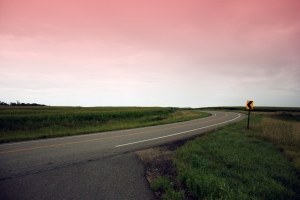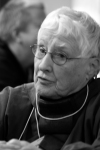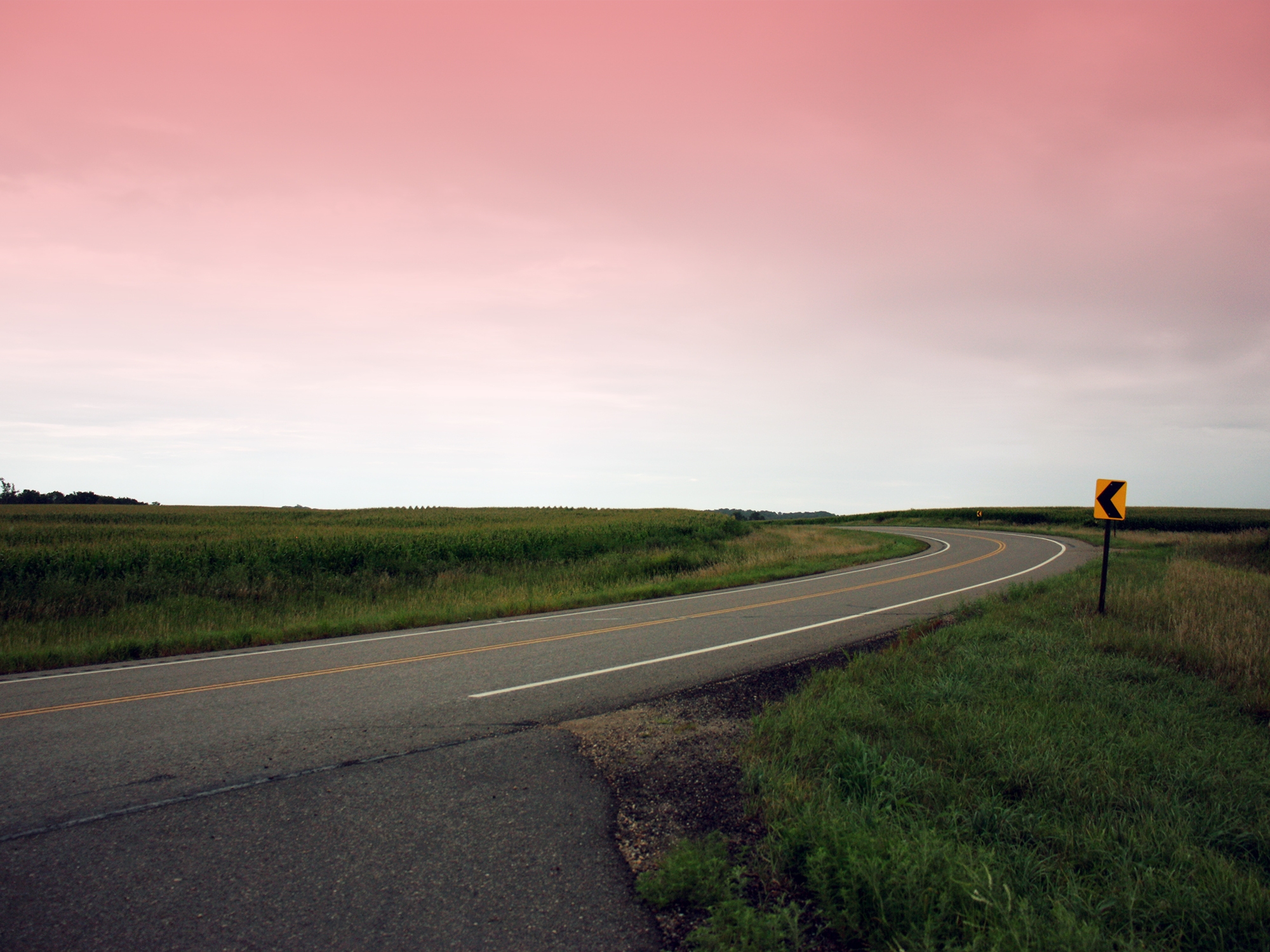by Tonen O’Connor
“Directly it is said that not a single thing exists, and yet we see in the entire universe that nothing has ever been hidden.”
——Dogen, Dharma Hall Discourse 53, “Dogen’s Extensive Record” (Eihei Koroku), Volume 1, Translated by Taigen Dan Leighton and Shohaku Okumura.
Not existing, yet not hidden. Dogen has expressed what seems to be a paradox, a contradiction. Our automatic tendency is to choose one side or the other as dominant, for we instinctively feel that they oppose one another and in a certain sense cancel each other out. If something does not exist, how can it be seen? If something is visible, how can it not exist? Which is real?
Part of the problem is how we define “real.” When I turn to the dictionary on my computer, words like “actual, factual, tangible, concrete, palpable” show up on the screen. Yet the Buddha did not find this definition sufficient.
When I first began reading Buddhist texts, they made me crazy. They kept saying that things are not real. “Of course, they’re real,” I thought. “They’re right here. I cook my food on a real stove over a real fire. This is nonsense!” I nearly gave up on Buddha’s teaching until I began to realize that from the Buddha’s standpoint the term “real” meant permanent, fixed, unchanging.
 The Buddha’s teaching is that everything is impermanent and constantly affected by the reciprocal give and take of interdependence. Therefore, nothing stands alone and self-sufficient. What we think of as our self is especially not self-sufficient, but instead is in a state of constant reaction and response. Simultaneously, these reactions and responses have an effect upon whatever our self is responding to. This process of reciprocal reflection is continuous and endless.
The Buddha’s teaching is that everything is impermanent and constantly affected by the reciprocal give and take of interdependence. Therefore, nothing stands alone and self-sufficient. What we think of as our self is especially not self-sufficient, but instead is in a state of constant reaction and response. Simultaneously, these reactions and responses have an effect upon whatever our self is responding to. This process of reciprocal reflection is continuous and endless.
The Buddha said that we misunderstand the forms of this world that we inhabit; they are merely illusions, empty of any fixed being. Still, I think it can be a mistake to use the word “merely” here, for as the Heart Sutra reminds us: form is emptiness, emptiness is form. If we look closely, we can see that when we say “emptiness” we are pointing to a constant process of change that negates permanent existence. Yet for change to happen, there must be something to change. Likewise, the true nature of form is to change. Emptiness is a condition of form and form is a requirement of emptiness. We cannot have one without the other.
In this sense, Dogen’s statement is not a paradox at all, for as I look at my hands on this computer, I can see that they are right here, yet as I observe the veins of ageing, I can also see that the hands of my youth no longer exist. And that these hands themselves have no permanent existence. Oddly, perhaps all that we can say “exists” as the Buddha defines existence, is the process itself that results in this emptiness of independent, permanent being.
The result of this is to say that all things, including my life and your life, are manifestations of impermanence, which functions through the interactions of illusory actors. However, knowing a teakettle is empty of permanent existence does not prevent us from filling it with water. The absence of permanence does not negate immediate presence.
We live, work and play in this world of immediate presence that is the underpinning of our illusion of permanence, and yet at the same time is a world whose impermanence is necessary for the life of the universe. If what I may see as permanent were indeed permanent, nothing could happen. I’ve always enjoyed the story I read many years ago in a newsletter from a Zen center. A Zen teacher well versed in the nature of emptiness was nevertheless very unhappy with its personal manifestation in his aging self. He tended to complain about it until one day when his eight-year-old daughter said, “Daddy, if you don’t grow old, I can’t grow up.”
Our going is as necessary as our coming.

The question is, how do I live in this world of “not a single thing exists” yet “nothing has ever been hidden?” This is where I can be fooled by the apparent paradox and make some foolish assumptions. If I choose as dominant the side of the non-existence of all things, I can wander off into a world in which nothing is real, nothing matters, and most dangerously of all, nothing I do matters. The delusion is that nothing my illusory self does can have a “real” effect on other illusory things. This delusion may occasionally be challenged, as it was for the young monk in the old koan tale who cried out when he stubbed his toe, “If it’s all illusion, why does my toe hurt so much?” Nevertheless, this grasp of only one side of the paradox can be a self-serving delusion that leads to a lack of care about anything, that excuses our lack of feeling for others.
Since I have been speaking about illusion and have now introduced delusion, this may be the moment for me to suggest how I view the subtle difference between illusion and delusion. For me, illusion is the creation of an identity that masks something’s true nature, but which is nevertheless perceived as being present and useful. A delusion is to insist on the ultimate and unchanging reality of this illusion. We can live comfortably in the knowledge that the temporary reality of our perceived world is an illusion, but we become deluded when we insist that what we see expresses an unchanging reality or believe that we can find the key to experiencing peace and joy forever. We are deluded by the belief that we can gain and hold what we crave and can permanently possess what we love. On the other hand, if we insist that reality is an emptiness that means nothing exists, nothing has meaningful reality, we cling to a delusion that eliminates the possibility of joy in the immediate present.
So how do we live day to day? It helps if we can stop hiding behind the misconception that we can ultimately control the nature of things. When facing inevitable change, our anguish is reduced if we understand that while we participate in this life, we do not ultimately control its infinite interrelationships and inexorable flow. We are only one element within the complex happening of interdependence. What is crucial is how we view our participation. If I think things ought to be, should be, must be as I desire, I live in delusion and face inevitable suffering. If I beg the moment not to change, I suffer. If I can enjoy the moment because its very nature is fleeting, I can taste freedom.
 Thus it is better to forget my self’s insistence that it is the center of the universe and knows how things should be, better to eliminate the self-centered focus and respond without preconception to the event at hand, setting aside my views of who I am and who the other is. Our zazen practice is helpful here, for it can be where we stop identifying and labeling and without judgment allow everything to participate in the moment. By doing nothing, we invite the participation of all things.
Thus it is better to forget my self’s insistence that it is the center of the universe and knows how things should be, better to eliminate the self-centered focus and respond without preconception to the event at hand, setting aside my views of who I am and who the other is. Our zazen practice is helpful here, for it can be where we stop identifying and labeling and without judgment allow everything to participate in the moment. By doing nothing, we invite the participation of all things.
So, yes, “not a single thing exists”, yet our illusion of the presence of things creates and sustains the world we live in. We live nowhere else, living a life “right here, right now” that is eased when we remember that everything is empty of permanent existence. Our knowledge of the illusory nature of things is of immense assistance in our struggle to diminish our cravings, our longings, our desire to be in control of a world that may not respond as we wish.
Speaking for myself, my hope is to reduce the delusion that I can have what I want if only I want it badly enough and to reduce my delusion that this present moment of happiness or unhappiness will never end. I can live happily in this illusory world if I am not deluded about it.
I am reminded of this when I repeat the Bodhisattva’s Four Great Vows, for to me the second vow is critical to the path laid out by the others:
Beings are numberless, I vow to free them
Delusions are inexhaustible, I vow to end them
Dharma gates are boundless, I vow to enter them
The Buddha Way is unsurpassable, I vow to realize it
For me, to realize the Buddha Way is to live undeluded about this world of illusion. Being aware of the ephemeral nature of existence is what gives rise to compassion for all beings, to the desire to free them from delusion, and to an understanding of the Dharma as a teaching that leads to freedom.
TŌNEN O’CONNOR

Tōnen is the Resident Priest Emerita of the Milwaukee Zen Center, ordained in 1994, receiving dharma transmission in 1999 from Tozen Akiyama, and performing zuise at Eiheiji and Sojiji in 2000. She coordinates the MZC’s prison program serving more than 160 inmates in 14 state institutions. She is active in Milwaukee with the Committee for Interfaith Understanding and the Buddhist Peace Fellowship.
